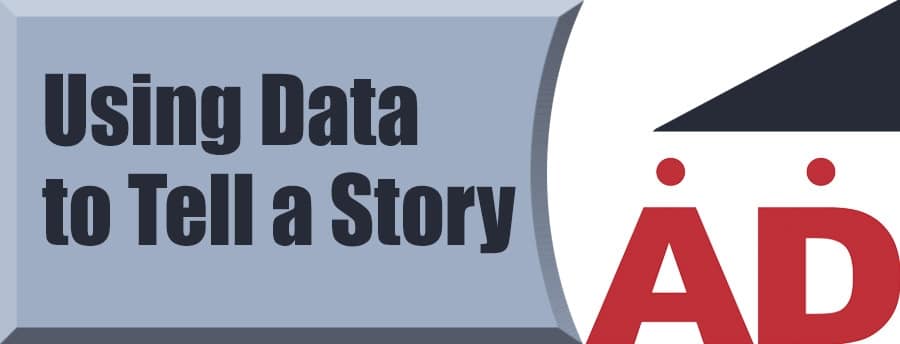
When it comes to working with and interpreting data, the process is often unstructured and daunting. Some advertising mediums can only provide estimates of a viewing audience or readership. Online advertising can provide very specific detail on users, effectiveness and ROI — if you know how to interpret all that data.
At Ad House Advertising we use Google Analytics to measure detailed statistics about a website or advertisement’s performance. Things like traffic, traffic sources, visitors, referrers, pay-per-click networks and more are easily chronicled, and produce lots of telling information. Then, our team analyzes the results and gains insight and meaning from the numbers.
Having key indices helps all that data become much more manageable, and helps you to turn raw data into actionable insights. The end result isn’t just about these actionable insights, however, it is about crafting a meaningful story with your campaigns and targeting them to the right audience in a way that will stay in their memory. Being memorable and forging a strong intellectual and emotional connection with your target audience is a key skill when it comes to marketing your business.
Like a novel, the marketing and contextualization of data should follow a certain arc- the best analysis involves exposition (what is the context?), conflict (why is this important? What is the need?), resolution (the vision), and then, the outcome. Visuals only come to life with real context, and the connection between a reader and the data presented should be rational as well as affecting on a deeper level. Find the compelling narrative within the data, and target it for a specific audience, and you will likely succeed in resonating with your clientele. After all, data analysis isn’t about the graphics- it’s really about telling a story.
Finding a story within charts and graphs is more difficult than simply crunching the numbers, but familiarity with the figures will allow you, as a marketer, to gain greater insight. We spend a lot of time at Ad House piecing out what the numbers really mean and applying that information to broader strategies. When it comes to crafting your story, try to maintain the integrity of the data (objectivity is still important here), but search for relationships, focus on trends, and maintain an aesthetic eye. The data and narrative should complement one another in order to create a cohesive and compelling insight. Insight is important to market to your customers, but it also can provide you as an advertiser with valuable information that can guide your future campaigns, both online and on the air.
If you’re still stuck when it comes to crafting a message out of data, feel free to stop in or call us with questions. Good luck creating your unique data narratives!
